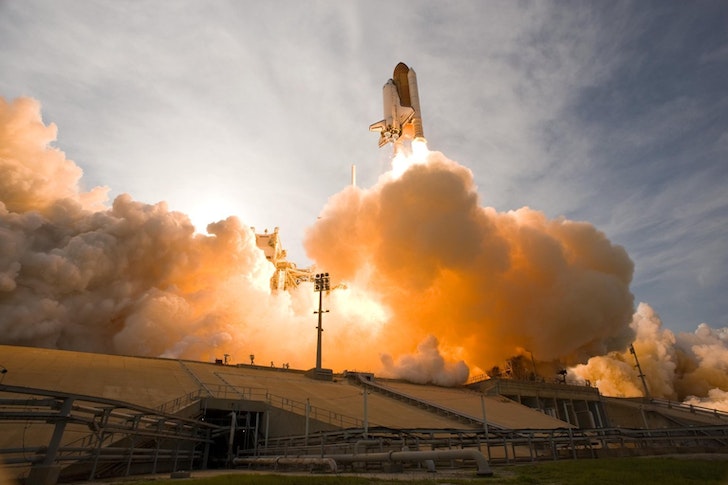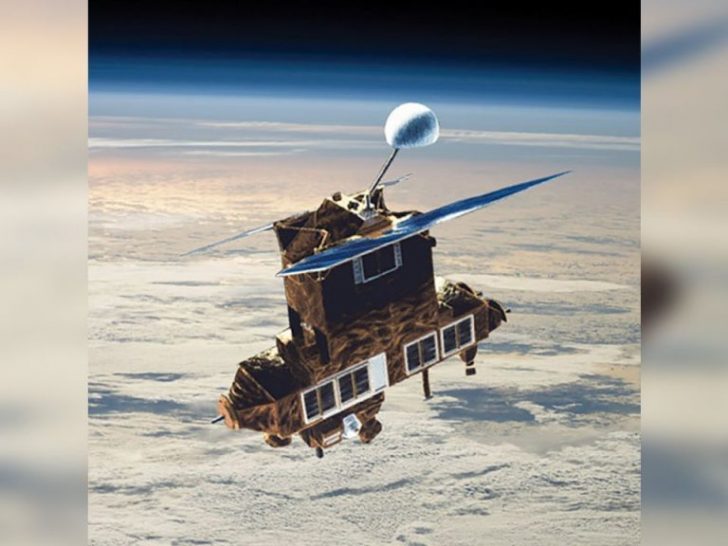Satellites, like any other device, cannot be used forever.
Whether their mission is to study the stars, observe the weather, or detect carbon dioxide levels in the atmosphere – like old washing machines and vacuum cleaners age, wear out, and die- so do these satellites.
Depending on the distance, there are now two options for them once they reach this stage—to slow down enough for it to fall back into the atmosphere, a large amount of fuel may be required. This is particularly true for those at high orbital altitudes. Most of these high-altitude ones need less fuel to reach orbit than they do to return to Earth.
The second approach is engineers will utilize the spacecraft’s remaining fuel to slow it down in order to avoid colliding with nearby satellites.

Falling From Space – 30 Years Too Late
NASA announced earlier this week that a historic NASA satellite deployed in the 1980s and long since decommissioned as space debris met a fiery death as it came down to Earth.
The enormous Earth Radiation Budget Satellite (ERBS) returned on the night of January 8 at 11:04 p.m. EST. It reappeared over the Bering Sea, weighing 2,450 kilograms (5,400 pounds), with some components perhaps surviving the super-hot temperatures of reentry.
According to NASA, the massive satellite managed to enter the atmosphere above the Bering Sea, as verified by the Department of Defense in a January 2023 report.
Not Completely Damaged?
The bulk of the instrument was expected to burn up as it went through the stratosphere, but certain components were expected to survive reentry.
In 1984, the spacecraft Challenger carried the ERBS to explore the Earth’s behavior with solar energy. It also studied the stratosphere as well as other atmospheric components such as water vapor, nitrogen oxide, and aerosols.

The satellite remained in orbit until 2005, when NASA deactivated ERBS. Then it was simply another 2.5-tonne piece of space debris.
According to NASA, ERBS outlasted its intended two-year service life and remained operational until its decommissioning in 2005. Its findings helped scientists determine the consequences of human activities on the Earth’s radiation balance.
NASA confirmed the ERBS satellite’s demise late Friday when it became evident that it would fall from space. NASA assessed at the time that the probability of any debris damaging persons on the ground was one in 9,400.
The destruction of the ERBS mission on reentry may be a fitting end to over 40 years in orbit, but it also serves as a warning of the continued menace that space trash poses in orbit and on Earth.
In 2022, China launched two Long March 5B rockets, one in July and one in November, to aid in the building of its Tiangong Space Station, which showered enormous bits of debris on Earth.

In December 2022, the Philippine Space Agency released a public warning regarding falling rocket debris from a separate Chinese launch on December 29.




